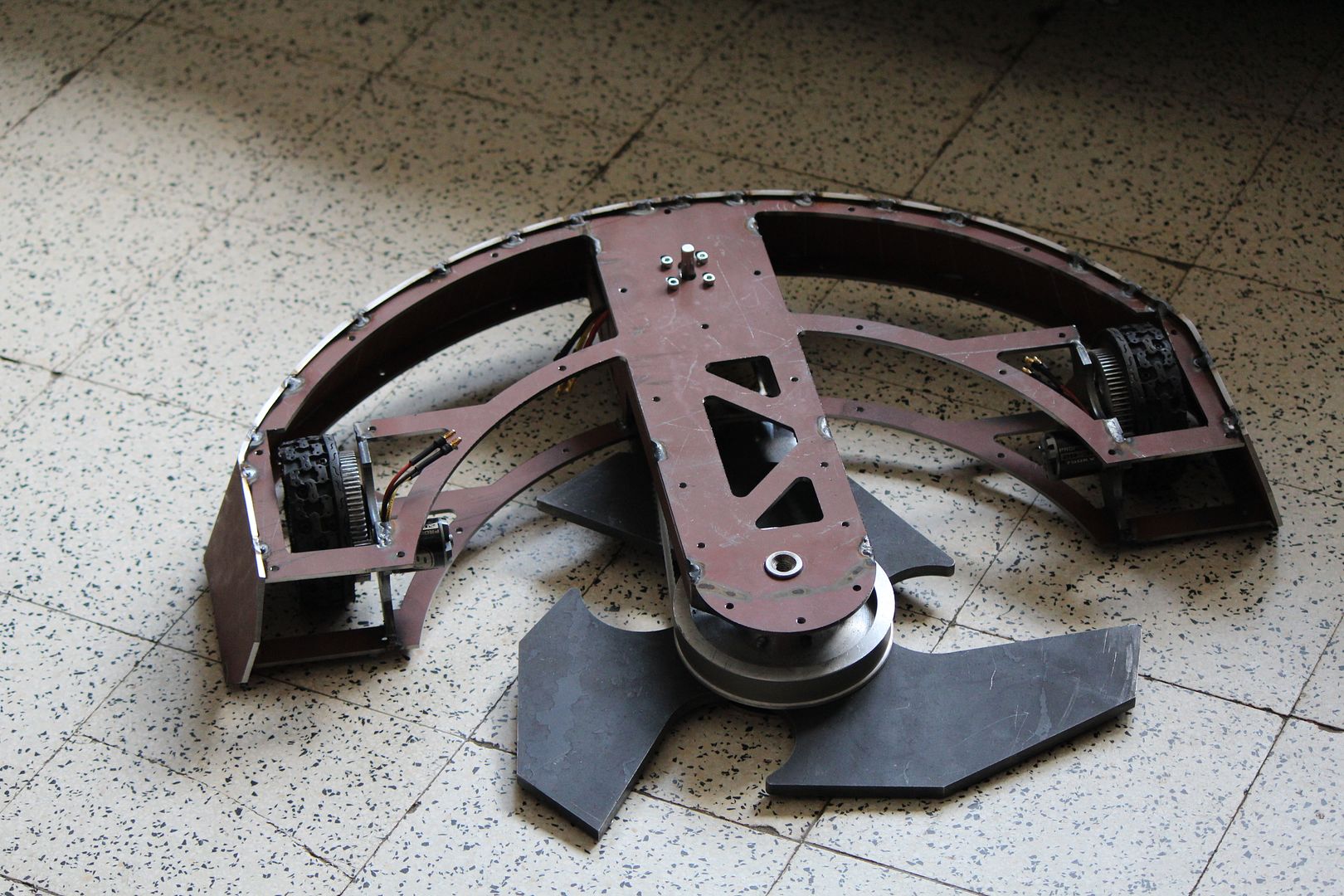Hey im looking at designing two horizontal rotating blades. I was wondering what I should be looking at for maximum effect. I know weight helps and so does speed. I so should I be aiming for weight over speed? also should I be looking at sharp or blunt. if sharp short or long?
sorry if its asking for a lot
Ps. I know less teeth is better so ive chosen on 3 or 4 tooth
sorry if its asking for a lot
Ps. I know less teeth is better so ive chosen on 3 or 4 tooth


Comment